
Deciding to make any change in your life – whether it’s starting a new career, quitting a bad habit, going back to school, etc. – begins with a decision to make that change. For me, the decisions to make a career change (several times) and go back to school were much easier to make than when I decided I needed to change my lifestyle and adopt healthier habits. I had to overcome years of poor food choices and yo yo dieting tactics that always left me right back where I started when the diet was over; I also needed to educate myself in order to make better food choices, get rid of bad habits (like filling my shopping cart with cookies, chips, and ice cream), and create better lifestyle habits that would not only improve my weight but also my health for the long run.
In one of my first coaching courses in grad school I learned about the Stages of Change model, and it became clear to me how many times I had gone through this process in different seasons of my life, and how I could use this process moving forward whenever I wanted, or needed, to make a change.
If you’re reading this, it’s highly likely you’re looking for ways to lose weight or improve your health. Wherever you are in this process, it helps to understand how we move through these stages in order to make lasting changes in our lives. I’m going to break it down for you, as well as share how I moved through the Stages of Change in my own health and weight loss journey several years ago.
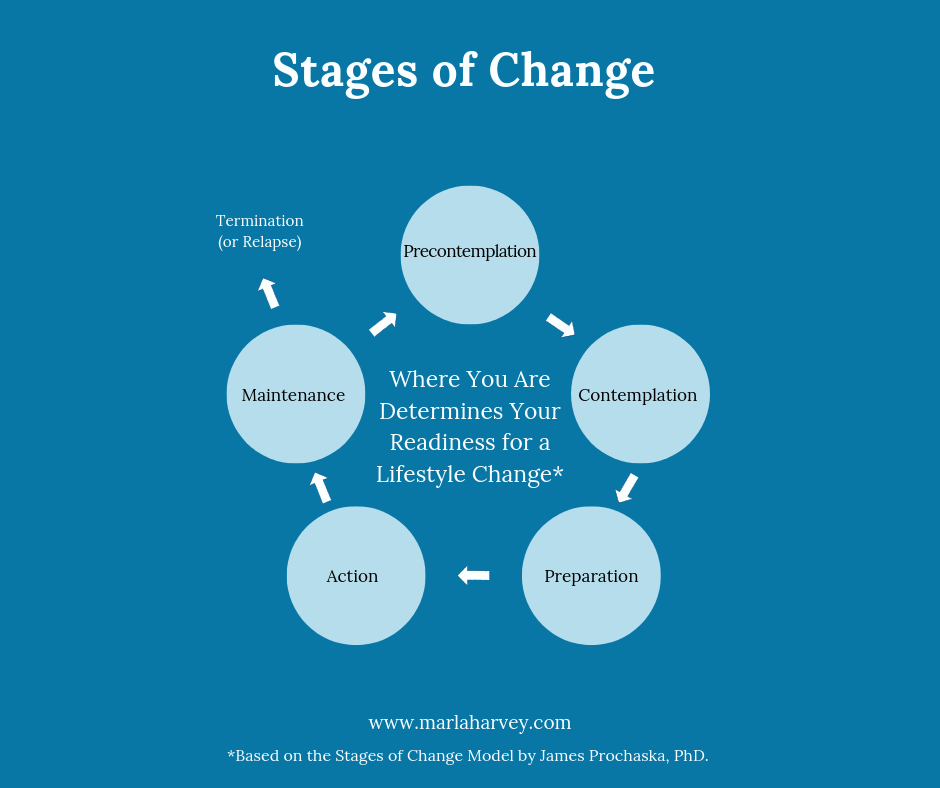
What Are The Stages of Change?
The Stages of Change model was developed by James Prochaska, Ph.D, and it basically determines where a person is on the road to making a change in their behavior that will improve the quality of their life. Any change you make in life will lead you through these stages, and it is helpful to know which stage you are in, to understand the challenges you face, and to find ways to overcome them to reach your goal. Here’s a general description of each stage, and how I moved through them on my road to better health.

Stage 1: Pre-Contemplation
At this stage, you have no idea that you need to make a change, but you might know that something is not exactly right. You could be discontent or unhappy with some aspect of your life – things might not be exactly the way you want them but you just can’t put your finger on it. Or, you could be blissfully unaware that there’s a problem until it hits you smack dab in the face – this can come from a doctor who advises of some drastic changes you need to make for your health, or from a loved one who’s concerned that you are drinking or smoking (or whatever your vice is) too much. It could come from a spouse or a significant other who’s tired of your angry outbursts and warns you to make a change or else. Whatever it is, there’s usually some sort of wake up call that leads a person out of pre-contemplation.
I was in this stage at the beginning of 2011. I had recently filed for divorce, moved out of my home with my two daughters, and was figuring out how to be a single working mom again. Then I lost a dear friend, which shattered all illusions of control that I had, and sent me into a place where I sought food for comfort. Perhaps you’ve been there, where the pain is too much to deal with, so you use whatever makes you feel good at the moment to mask it. But it’s never really gone, it just festers beneath the surface and gnaws away at you.
As the year progressed, I got involved with my church worship team and we set a couple of dates to go out and perform at local venues in an effort to do outreach in our community. I was so excited to be singing again, and I bought this cute Michael Kors black dress and I thought I looked amazing! Until I saw the pictures. Stark reality hit me like a cold bucket of water and I had to face the truth: my weight was out of control. I needed to make a change because it’s not ok to look like you’re still very pregnant when your baby is almost 2. Prior to that, I was in a bit of denial about my weight and my eating habits; those photos were a catalyst for me to realize that something needed to change.
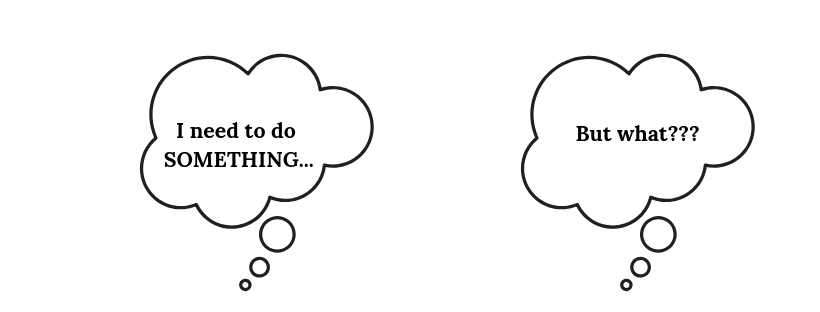
Stage 2: Contemplation
In the contemplation stage, you are no longer unaware of the issue or problem, and you realize that something needs to change, but instead of taking action, you often do nothing. Have you ever been swimming and you hesitate before getting in the water because it’s cold? That’s kind of what this stage is like. You’re at the edge of the pool, but you’re not yet ready to jump in because you know that it’s going to be uncomfortable. So you psych yourself up, you might even dip a toe in the water, but then you immediately shrink back because you’re not ready to make the leap yet.
After seeing that photo of myself, I posted on social media, “the camera doesn’t lie, I need to lose weight”. I felt like if I posted that, I would do something about it, but I didn’t. I continued to eat what I wanted and how much I wanted. I needed to do something, but I wasn’t ready yet to make any changes. I thought about starting a diet, and as quickly as the thought would enter my head, junk food would enter my mouth and the thought was gone. Until that fateful day with the cupcakes. I stopped at a dessert shop on the way home from a work meeting, and I ate my favorite cupcake and shot of frosting – which is a shot cup full of icing and filling – while driving. It was so good, I wanted, no needed, another one, and knowing that there was another shop before I got home, I decided to stop again and get myself another shot of frosting (gluttony, table for 1 please). As I got back into the car and devoured my second shot of creamy sugar, I got a glimpse of myself in the mirror, and I heard a voice – maybe mine, maybe the Holy Spirit, maybe both – say “what are you doing?” In that moment, I realized that eating was only going to help me feel good right at that moment but that feeling would be fleeting. It hit me how many times over the past months I had been indulging to the point of excess seeking that temporary fill, which did nothing to heal the painful parts, and I didn’t want to live there anymore. My eating habits needed to change, and I needed to take control of my life again. I was finally ready to do something, and I with that I had entered the next stage of change.
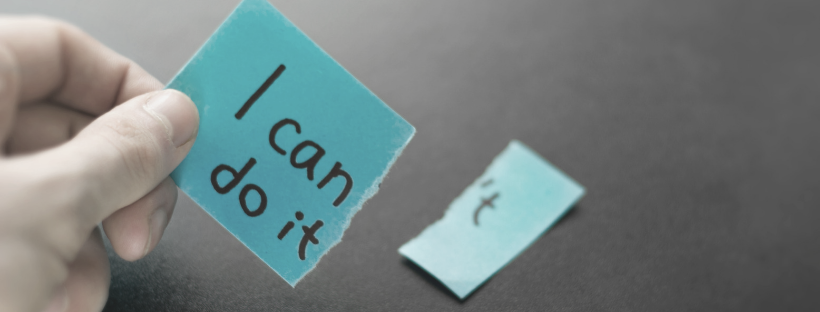
Stage 3: Preparation
In the third stage, you start preparing to make a change. Depending on the change, this stage might include doing research, taking classes, or looking for solutions to what you want to change. For me, that meant putting together a plan to lose weight. I identified how many pounds I wanted to lose, how long it would take, and what I needed to do to reach my goal. I had to figure out an exercise plan that would work for me as well – in the past, I went to the gym regularly and ran on the treadmill or used elliptical and stair machines and I knew that I wasn’t going to stick with it. I needed something that would be motivating and fun, instead of something that felt like a lot of work. I always loved dancing, so I decided to try a Zumba class to see if I liked it and if so, I would buy home videos and work out while my toddler slept. I absolutely loved it (so much that I became an instructor a few years ago), but more importantly it was something I could do at home or at the gym, and dancing just felt good!
My weight loss goal seemed too large to keep me motivated, so I broke it down into smaller weekly goals. I identified how many calories I needed to eat each day and how many calories I needed to burn in order to hit my weekly goal. Finally, I downloaded an app that would help me track all of this (in the past I had kept a small notebook but thank God for technology!). Once I had all these pieces together, I was ready for the next stage!
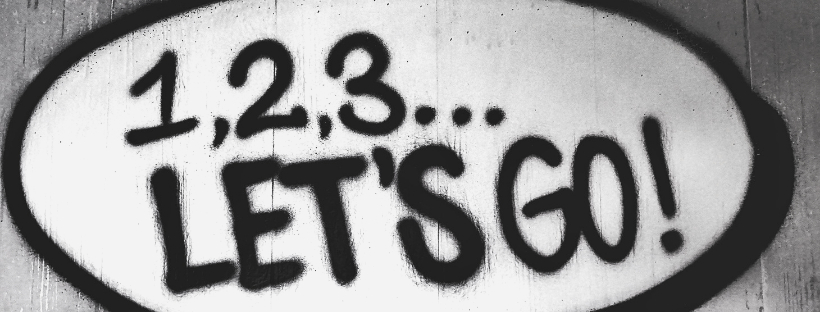
Stage 4: Action
In the action stage, you move from thinking about making a change to actively doing the work to make the change. In this stage, the danger of quitting before the goal is reached or relapsing into previous behaviors is more likely to happen, so it is crucial to have those small, measurable goals in order to see success and stay motivated to continue towards the desired change. After I had my plan of action in place, I started working towards my daily and weekly goals. I kept track of my food intake daily, weighed in and checked my measurements weekly, and bought myself a new outfit monthly to celebrate and fit my new body. In a weight loss journey it can be easy to give up when things don’t change quickly, but I could see small changes when I measured myself and that helped me stay motivated to keep going even when I wasn’t seeing the scale move. Buying a new outfit to celebrate my progress helped take my mind off food as a reward, which was a bad habit that needed to be broken to maintain weight loss success for the future. It took a little over 3 months to reach my weight goal, and once I hit that goal I was ready for the next stage.
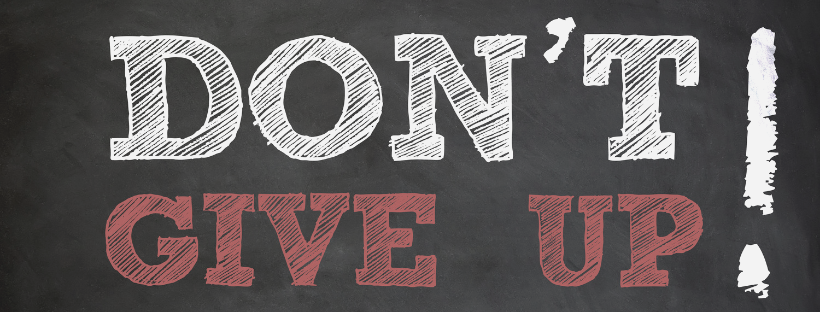
Stage 5: Maintenance
Once you make a change, you have work to maintain it or you’ll lose the results you worked so hard for. In the maintenance stage, there could be setbacks to previous behaviors; this is a normal part of making a lasting change and having a plan of action to handle setbacks is key. For me, I relaxed my diet rules and stopped counting everything that went into my mouth, but when I felt like I overindulged at lunch, I had a light dinner to maintain some balance. I continued to exercise because I found something I enjoyed so much that I’d do it just for fun, which made it much easier to get up and work out in the morning or at night if I couldn’t make my morning workout. As time went on, I needed to make additional changes to maintain my weight loss, and I am happy to say that though my struggle with weight didn’t end here, I was able to keep off the majority of the weight I lost. Even more important, putting that energy and effort into taking care of my body helped me deal with my emotions and grief in a healthier way and I came out of the process stronger and more at peace with my life and my weight.
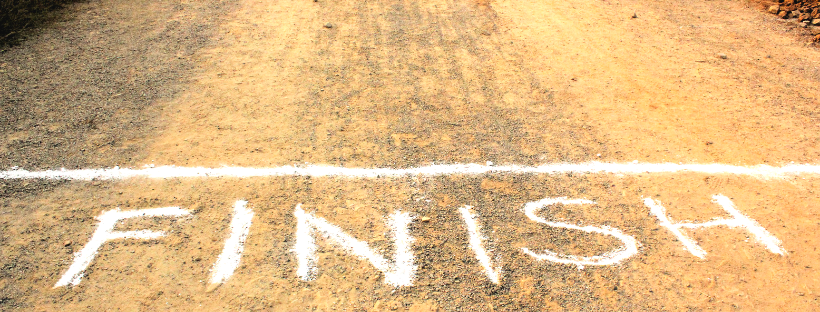
Stage 6: Termination (and maybe Relapse)
I wish I could say that after losing 30+ pounds I no longer struggled with weight loss, but I did. I would relapse back into previous stages, contemplation, preparation, and action, sometimes even in pre-contemplation, and I would start this cycle again. It would take years, and finally getting educated about not only the quantity of food but also the quality of food my body needed, before the changes became permanent and I was finally able to end the yo yo dieting that allowed me to lose weight (and gain it back) over and over. Sometimes, a change takes longer than 3 months, or 6 months, or even 3 years, to become final. According to Prochaska, there can still be temptation and even relapse years into a lifestyle change. I had decades of unhealthy habits and lifestyle choices to overcome, and it took much longer than I hoped it would to actually lose weight and keep it off. But as I continued to learn and grow, my lifestyle and health choices became second nature, the positive changes became permanent habits, and I was finally able to terminate my dieting for weight loss and put this change process behind me for once and for all.
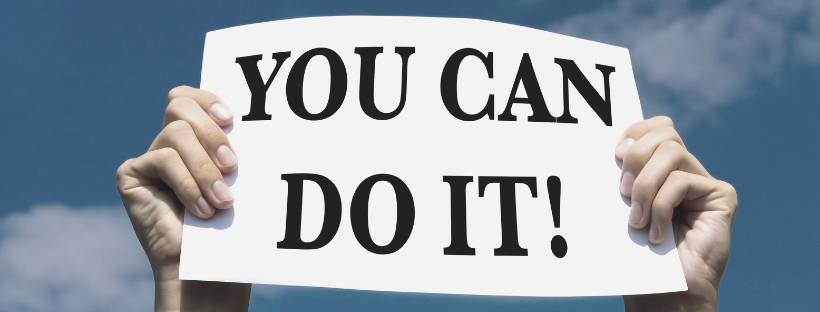
Are YOU Ready?
Working through these stages helped me lose the excess weight and over time adopt a healthier lifestyle, and I believe that by identifying where you are and your willingness to change, you too can make the changes you’d like to make towards a healthier life!
My tip for you – answer the questions below, and be honest with yourself! Knowing where you are, and how to get where you want to be, will help your likelihood of actually being successful.
- What stage of change are you in right now?
- What will it take to move to the next stage?
- How committed are you to doing the work that will help you achieve your goal?
- What is your action plan for success?
- Do you have a strategy to stay focused?
- What will you do if you fall back into a previous stage?
- How will you celebrate and stay motivated to keep going?
I hope you found this helpful in thinking through the Stages of Change and how to apply them to your own lifestyle changes. While I have tried to make this as informative as possible, there’s only so much one blog post can do, so if you’d like to learn more on your own about the stages of change and how to create your own lifestyle change pick up Changing for Good by James Prochaska, PhD., et al, or Changing to Thrive by James and Janice Prochaska, PhDs.
And, if you’d like help in making lasting lifestyle changes, let’s schedule a discovery call and see if coaching is the right option for you.

Interested in a discovery session to see if wellness coaching is right for you?
Message me and let’s schedule a time to chat!

Well this hit me like a brick to the face. I think I’ve been revolving around several of these cycles. It’s so hard for me to stay motivated to do something consistently. But when you break what feels like a giant mountain of a goal into tiny mounds it feels more approachable. Thank you
You’re welcome! I’m so glad you found this helpful.
I love this post! The stages of change can be difficult but with God, all things are possible. The personal information was very helpful as well. I know this will help a lot of people on the journey to change. God bless you.